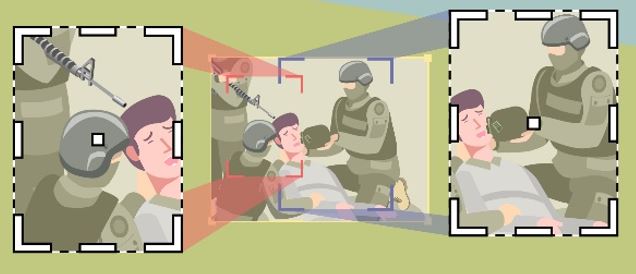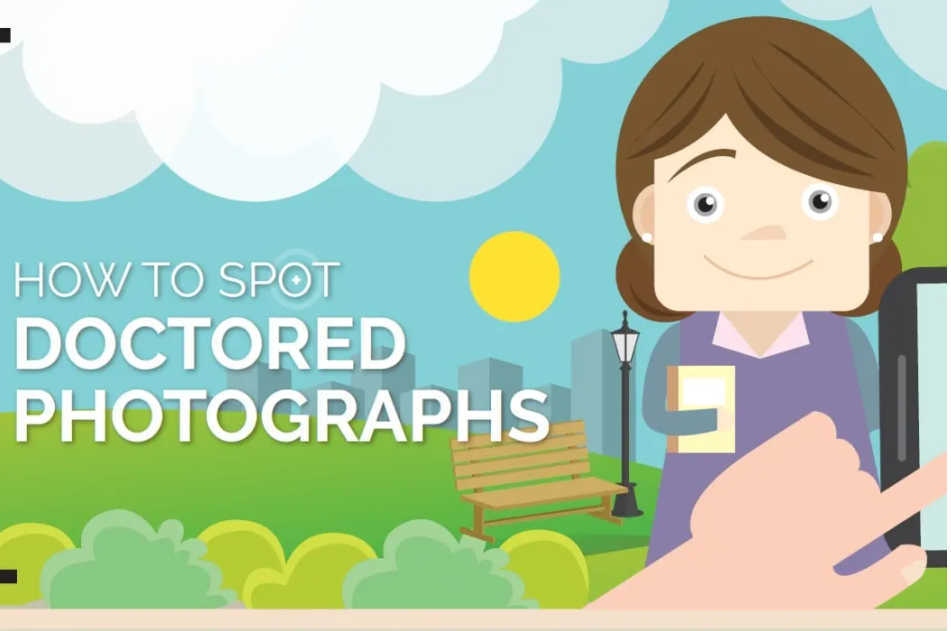Resources for Adults
RETURN TO HOME

-
Combating Fake News
These sources will help you discern the reliability of the information that you’re reading.
Presentations
Please refer to the post "How to be S.U.R.E. of your COVID-19 Information" under the Fake News page.
-
Research Skills
How To Use Academic Databases
Fact-Checking Using Multiple Sources

If you receive any dubious information, you can check the facts using credible sources before you share.

When doing your project essay, you might have plagiarised unknowingly when you do not cite the author or source for the phrase which you have used. Download the full infographic to learn the four recommended steps to paraphrase.

Nowadays, anyone can easily copy and paste information from the internet for their schoolwork. However, doing so is committing plagiarism, which is a serious offence. Download the full infographic to find out what are the different types of plagiarism and how to avoid it.

A quick guide to doing citation for academic research and projects. Download our cheat sheet to learn why, when and how to cite sources.
-
NLB eResources
Useful NLB resources
NLB eResources & Setting Up MyLibrary ID
NewspaperSG
NewspaperSG is an online archive of Singapore newspapers. You can search our digital archive of newspapers published since 1831, or find information on over 200 newspaper titles in the National Library's microfilm collection.
National Library Online
National Library Online is an electronic encyclopedia on Singapore published by the National Library Board (NLB).
It holds a collection of articles on Singapore and covers a wide range of topics, including but not limited to historical events, arts, culture, economy, government and key personalities. The number of articles continues to grow as new entries are added regularly.
Archives Online
Brought to you by the National Archives of Singapore (NAS), Archives Online is designed to allow users to seamlessly search information across NAS’ various independent databases and view selected photographs, maps and plans, listen to oral history interview samplers and watch snippets of audio-visual recordings, round the clock.

.png)


